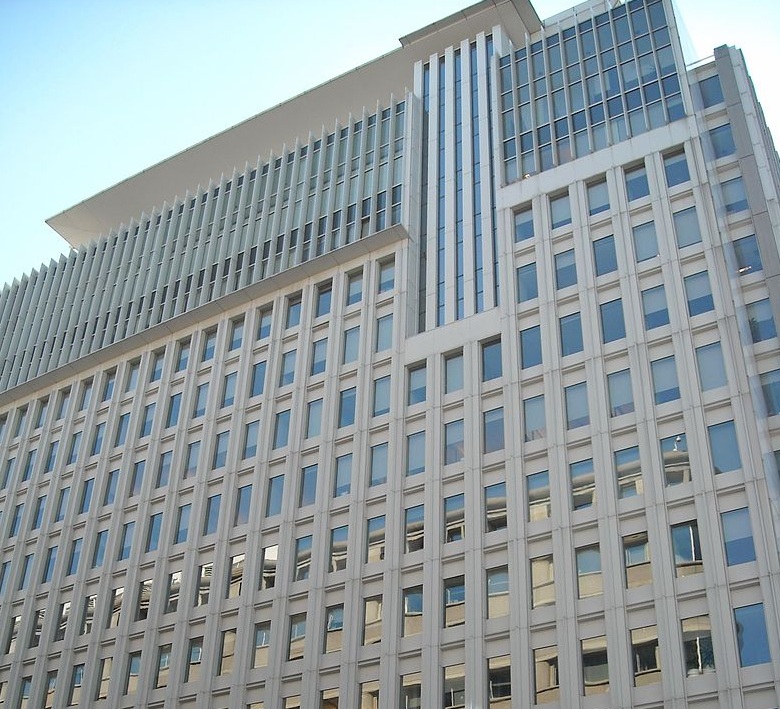Pakistan’s government has signed an agreement with the World Bank for $100 million to support the Sindh Solar Energy Project, an initiative to help the development of solar energy across Sindh province, in the southeast of the country.
The regional administration of Sindh will contribute another $5 million, the government said.
According to the World Bank, the Sindh Solar Energy Project, started in 2013, is expected to be developed by 2023. The initiative is split into four components: the building of large-scale solar plants through competitive tenders; the procurement and deployment of distributed generation PV; the development of residential off-grid solar in areas with no grid access; and increasing capacity building and technical assistance to support design and implementation of the project.
Of the total budget, $40 million should be devoted to large-scale PV, an amount expected to enable around 400 MW of capacity. Some $25 million will be allocated for distributed generation, with around 20 MW envisaged. Off-grid capacity and capacity building and technical assistance are said to account for $30 million and $5 million, respectively.
Sindh is fertile solar territory
“The projects will address Sindh’s energy needs through the generation of solar power benefiting the entire province, and [supporting] trade between Pakistan and Afghanistan through regional connectivity and private sector development along the Khyber Pass corridor,” said Illango Patchamuthu, World Bank Country Director for Pakistan, in June.
The bank said Sindh province is ideal for PV as it has excellent solar resources and ample non-arable land as well as private and public sector electric utilities and the only provincial transmission company in the country.
“There is opportunity for utilizing the free space on and around public buildings to generate solar power in major urban areas, helping to meet the increasing daytime load from air conditioning and reducing the electricity bills of public sector consumers,” the World Bank wrote on a document on the project published this year.
In October, the World Bank issued a tender to select consultants to define a procurement mechanism for the project’s utility-scale solar schemes.
This content is protected by copyright and may not be reused. If you want to cooperate with us and would like to reuse some of our content, please contact: editors@pv-magazine.com.




The Bank can’t stop Pakistan’s perverse boom in coal plant construction, but this initiative may be intended to convince the government that solar is cheaper.
Sindh is the subject of a famous anecdote from the Raj. General Napier conquered the province in 1842, exceeding his mandate. Wikipedia: “Napier was supposed to have despatched to his superiors the short, notable message, “Peccavi”, the Latin for “I have sinned” (which was a pun on I have Sindh). ” The joke was actually a fiction by Catherine Winkworth, then aged 16..
The world’s largest solar energy power plant will be built in Australia, as part of a major renewable project. However, the energy generated will not be used by the country itself – it will be transported across the sea by cables.